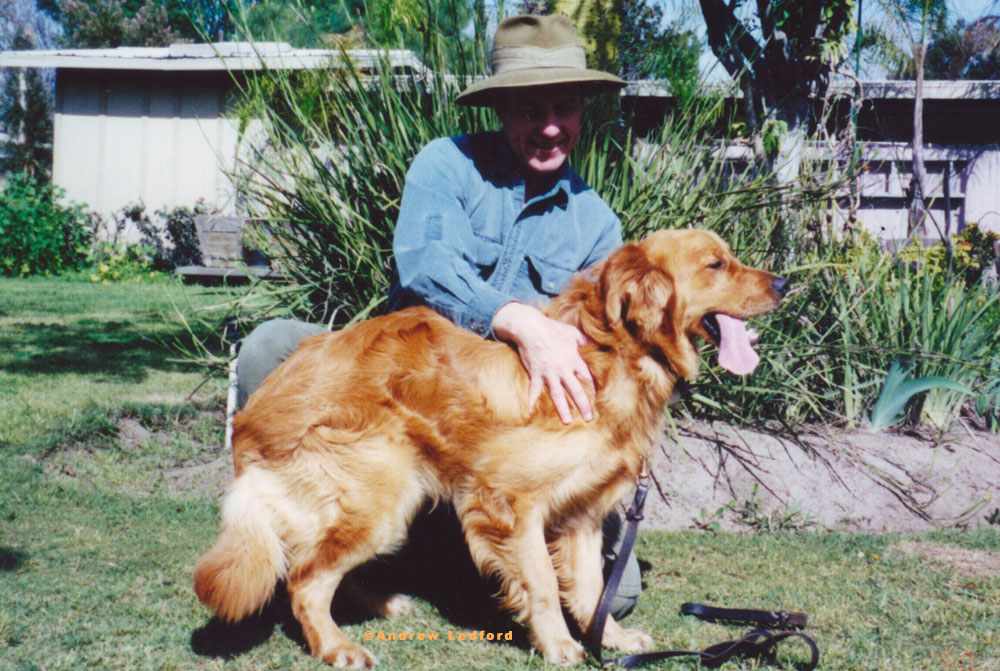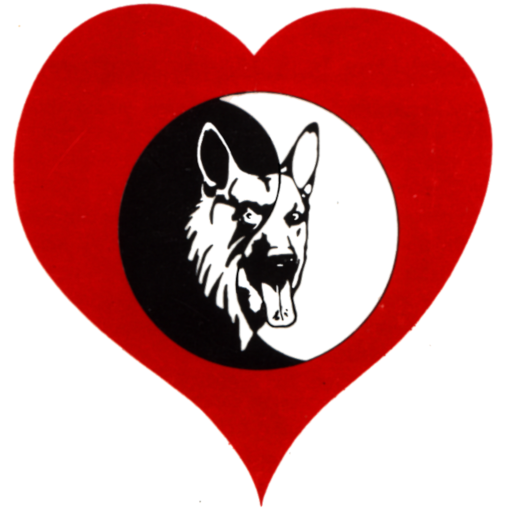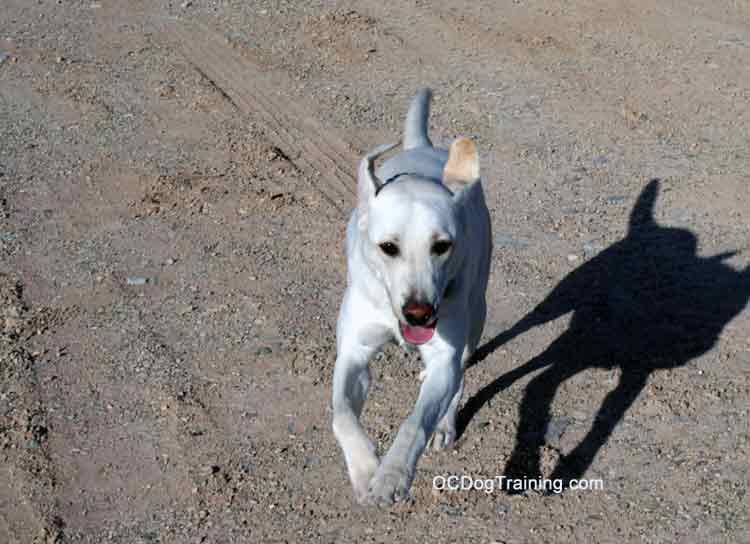Dog Training Thinking Outside The Box
Dog training Thinking Outside The Box by Andrew Ledford 714-827-4058
Dog training Think Outside The Box With Orthodox and Unorthodox Behavior
Dog training Thinking Outside The Box is training that goes beyond orthodox behavior and practices.
This blog post is more about innovation in general and mainly uses the idea of dog training and thinking outside the box as a lead in for how we can innovate in other areas of our lives.
Dog training teaches us that thinking outside the box must be done at the appropriate time to be most effective. In dog training, our personal lives, and in business we must understand what is orthodox behavior and unorthodox behavior. Then we need to know which behavior is appropriate for the situation and the right time to utilize each of them.
In my last post I talked about how in any activity, including dog training, thinking inside the box involves taking an orthodox approach. In dog training or any social interaction thinking inside the box is the standard point of reference. It is the accepted way of doing things. However, it is really only the starting point. I start with a box as the basic reference point for spatial positioning, however by rounding off the corners it becomes a circle. There are also many individual parts of the box that can be used in some novel and interesting ways. These unusual and out of the ordinary reference points makes my training techniques somewhat unorthodox. They have also allowed me to create some interesting programs that no one associates with dog training.
While it’s common to use the box as a reference point in many physical arts, it’s not so common in dog training. Therefore when we’re training a dog, even thinking inside the box can be thinking outside the box. Here we are taking what to some may seem like an orthodox approach to spatial positioning and using it in a novel way. Therefore the orthodox becomes the unorthodox.
I enjoy reading classic Chinese and Japanese texts. Using an orthodox and unorthodox approach to find solutions to difficult situations is something that’s often talked about, or at least hinted at, in many classic Chinese and Japanese books.
When first writing this article I was inspired by both the previous blog post along with attending a social media marketing presentation with a group of social media marketing friends. One of the subjects covered was innovations in marketing. While these ideas where presented for social media they can be applied to all fields of endeavor.
The big idea is often unorthodox innovation.
You may be asking, so what’s the big idea behind innovation? One big idea is the innovation secrets that led to the renaissance and then to our modern era. The idea that pulled Europe out of the Dark Ages involved thinking outside the box. Thinking outside the box in this case involved cross-pollination. The innovative ideas that brought Europe to the forefront of world power were based on sharing information.
To innovate look outside your core industry
Sharing ideas across disciplines allowed unique solutions to cross the boundaries of guilds and clans. One lessons of the renaissance as well as the social media marketing presentation I attended is that we need to look outside our own areas of expertise to innovate.
Most of my best ideas about dog training came from outside the dog training industry. When I was young those ideas came for people who were doing behavior therapy with people. Incorporating reinforcement theory and interesting application from a clinical human setting to dog training was, at that time, unorthodox. Now the majority of dog trainers consider training with the principals of operant conditioning and positive reinforcement standard practice. So what used to be an unorthodox style of training has over time become the orthodox training style. When I stared using the research and clinical application of operant conditioning it was the right time to use them as an unorthodox new and cutting edge training system. At that time I was doing a modern and exciting type of dog training.
Once operant conditioning and positive reinforcement styles of dog training started to become popular I was working on new dog training techniques. The area I borrow from this time was the physical arts. While I had been using and in turn perfecting many of these techniques almost since the beginning of my dog training career, I did not start teaching the finer points until positive reinforcement styles of dog training started to catch on. For many years I thought using the points of reference found in physical arts as my own dog training secrets. You know what, they still differentiate my training style from others. I can teach people in a step by step and repeatable fashion what many dog trainers have a difficult time teaching. When I saw that most good dog trainers were using positive reinforcement techniques I codified the physical and spatial relationship principals into easy to follow points of reference.

It is during this period that I began incorporating meditation exercises into my dog training practice. I did not always call them meditation drills and I still don’t. I teach them as just another dog training technique. I began teaching some chi energy exercises to training clients at this time also. The physical orientation points of reference dog training phase was a necessary step to the next phase that I am still in.
My main interests now are in what lays beyond the codified principals of operant conditioning and the mechanical steps of dog training. What lays in the hard to codify realms of human (and I presume animal) emotions. The emotions I am most interested in at this time are the ones that seem to defy the rules of operant conditioning. Although these emotions act as though they defy the principals of operant conditioning, I suspect they in fact conform to them. This is an area of interest that has always fascinated me. What lays at the heart of spirituality? What is the power of Myth?
Wishing you the very best in dog training and in life,
Andrew Ledford
I can be reached at 714-827-4058


